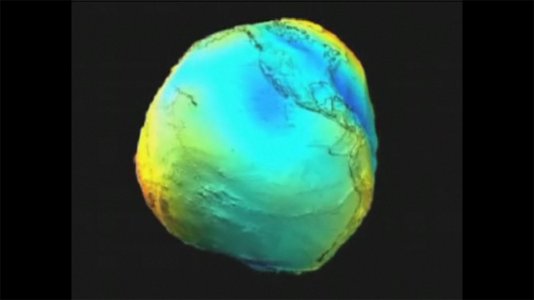- Joined
- Aug 24, 2004
- Messages
- 4,066
- Solutions
- 17
- Reaction score
- 591
- Points
- 140
- Favorite Pinball Machine
- Titanic Hospital
Interesting.
http://news.yahoo.com/sank-titanic-scientists-point-moon-181342953.html
According to the theory, the icebergs were pulled from their Greenland bays by a critical gravitational alignment of the Moon and the Sun which created high tides in January 1912 and were then able to drift south into the shipping lanes.
But I think the tides are created by the influence of platinum group metals in the sea and their interactions with hydrogen, however, solar radiation has an effect on hydrogen (excitation, similar to the effects of microwaves on hydrogen; microwave oven heat by exciting hydrogen in the food), which might allow greater interaction with the metals, hence higher tides.
But the news of the new theory may be due to the re-release of the movie.
Wonder why they would suppress scientific and historical facts in order to accommodate commercial interests?
http://news.yahoo.com/sank-titanic-scientists-point-moon-181342953.html
According to the theory, the icebergs were pulled from their Greenland bays by a critical gravitational alignment of the Moon and the Sun which created high tides in January 1912 and were then able to drift south into the shipping lanes.
But I think the tides are created by the influence of platinum group metals in the sea and their interactions with hydrogen, however, solar radiation has an effect on hydrogen (excitation, similar to the effects of microwaves on hydrogen; microwave oven heat by exciting hydrogen in the food), which might allow greater interaction with the metals, hence higher tides.
But the news of the new theory may be due to the re-release of the movie.
Wonder why they would suppress scientific and historical facts in order to accommodate commercial interests?

